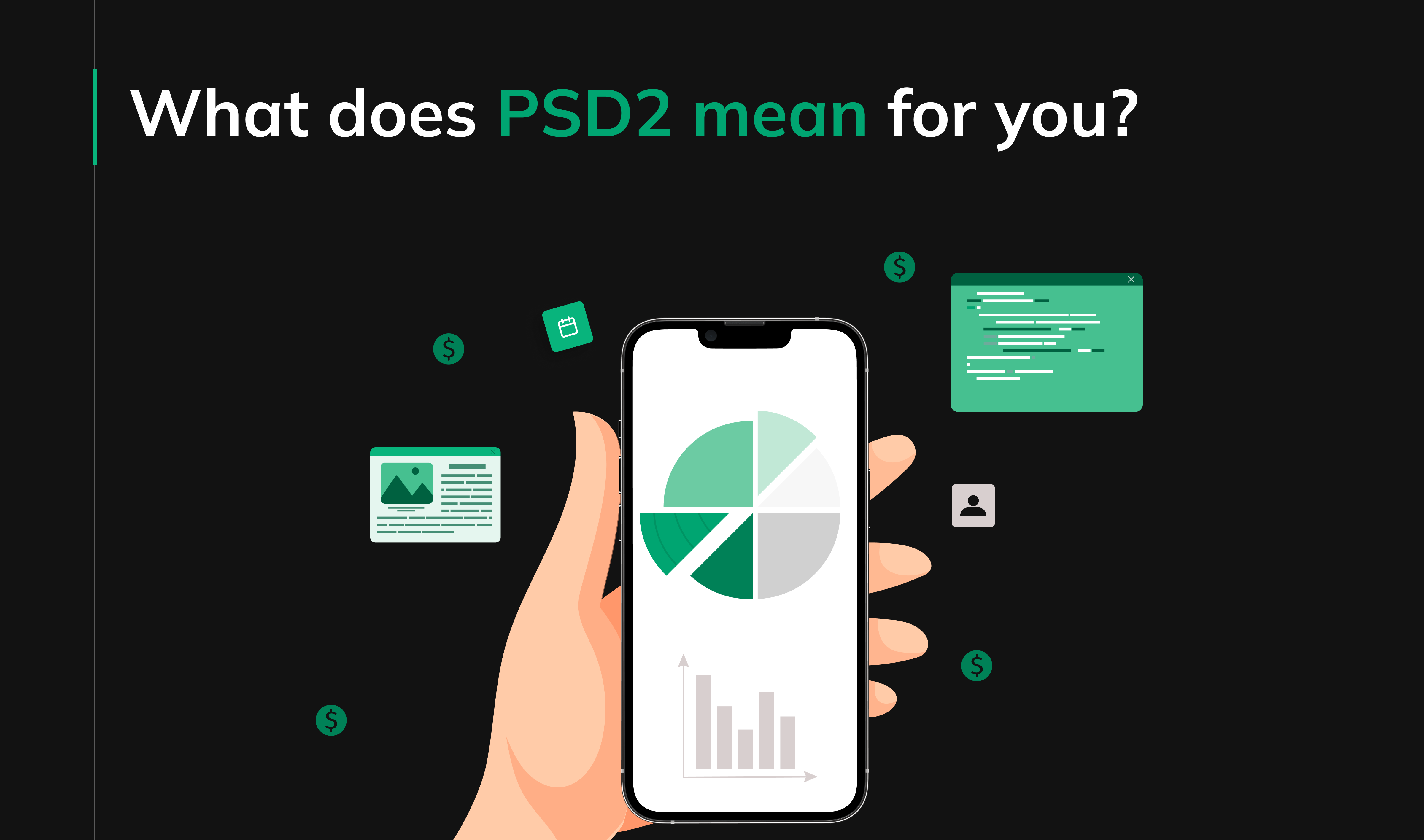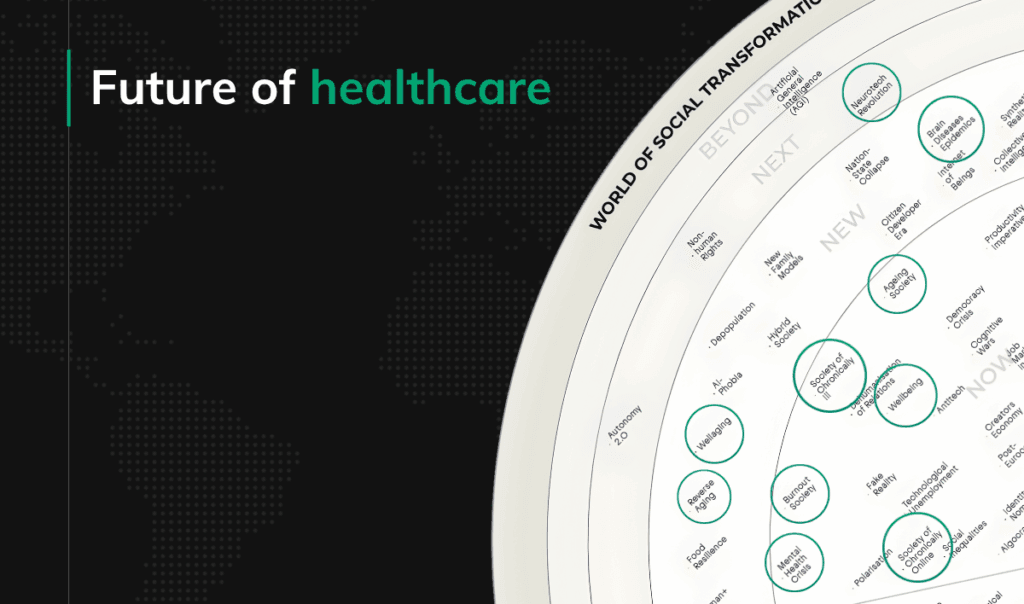What does PSD2 mean for you?

Have you ever heard of PSD2? Judging from the fact that you decided to read this article, you probably have. So unless you are looking for the info about the newest Playstation you’ve come to the right place. We guess we can all agree that European directives are not the buzz topics for most people, but it so happens they are for us. Having said that, let us explain why PSD2 is something worth knowing.
Let’s get straight to the point.
PSD2 (Payment Services Directive 2) attempts two goals:
- make room for financial services we haven’t seen before (Open Banking)
- make banks more customer-friendly
This sounds interesting, doesn’t it? Below you can find a more detailed explanation.
The room for financial services we haven’t seen before
Let us get back in time a bit. Let’s say 2007. This is when the first Payment Services Directive – PSD1 – was introduced. Seems like not so long ago. But wait… What if we told you that this was also the year the first iPhone was born. So the landscape of the Internet in 2007 was utterly different from what we know now. And yet until the introduction of PSD2 in 2018 this whole new world of on-line financial services was forced to operate under the law passed in the reality very far from what we know now. The need for new regulations becomes very clear when you think that now it is very common to pay with your iPhone whereas in 2007 there were no iPhones.
PSD2 provides legal coverage for all the services made possible by Open Banking. It builds upon solutions present in the first directive, but at the same time, it is very open to all the banking solutions the future might bring. It not only allows but promotes new fintech services by introducing so-called Third Party Providers (TPP). What are those? They are essential for all the apps and services designed by fintech companies to make your life easier. The solutions delivered by them can span from faster means of payment to very detailed reports about your expenses. Under PSD2 possibilities are limited by usability, invention, and security.
Understanding the integration of these services with existing core banking systems is crucial for a seamless transition. To explore this in-depth, check out this insightful article about core banking systems.
Making banks more customer-friendly
Safer and faster on-line transactions
We know by now that banks are allowed to cooperate with third parties to deliver exceptional services. But is there anything that can stop those third parties to party too hard with your money? There simply must be. It is called strong customer authentication (SCA). This basically means that any time you grant a TPP access to your bank account you will have to confirm it. Well, this is only logical, isn’t it? What is new under PSD2 is that this confirmation, or authentication, in other words, needs to consist of two steps. This way, despite the fact that you grant access to your bank account to a third party, something that before PSD2 was strictly prohibited by most banks, your money should be safer than it was before.
Why does it contribute to faster on-line transactions? Think again about the issues discussed in the previous paragraph. With PSD2 in place, new means of on-line payment can emerge into the market. With the growing popularity of internet shopping, it is only a matter of time before fintech companies release products that will make paying for online shopping as easy as using NFC payments in real life.
Faster complaints processing
One of the main objectives behind PSD2 is to shift the balance of the relationship between bank and customer towards the latter. One of the ways to approach this goal was to force the banks to simplify complaints processing. Since new rules introduced by PSD2 are in place the bank has only 15 working days to answer your complaint. If they fail to keep this deadline the complaint is deemed to be resolved in your favor. What is even more interesting is the fact that when you notice an unauthorized transaction on your account the bank is obliged to refund the money the next working day.
Those changes should mark an end of an era of money disappearing somewhere in the parallel banking universe and endless waiting for the bank’s reply regarding the matter. Now the rules are straightforward and the same for every bank. One working day to refund the money that vanished due to the unauthorized transaction and 15 working days to review complaints.
There was also one minor, but meaningful change. PSD2 reduces customer’s liability for an unauthorized transaction to the amount of 50 EUR. Anything more than this fifty is the bank’s problem. This is a clear message to the payment services providers that along with great power comes great responsibility. PSD2 grants privileges and makes room for various kinds of fintech endeavors, but it encourages caution. The responsibility for the safety of transactions is being shifted from customers to financial institutions. Since the financial liability for the unauthorized transaction is mostly on the banks’ side it is in their best interest to introduce a strong customer authentication mechanism.
Wrapping up
PSD2 opens vast new opportunities when it comes to financial services. It provides legal coverage for various fintech initiatives and marries the finance world with new technologies. However, doing so also takes great care for end-users/customers. European Commission took extra measures to ensure strong customer protection. On one hand, you should get access to various services offered by third parties, on the other your money should get extra protection via a strong customer authentication mechanism and banks’ responsibility for security breaches.







